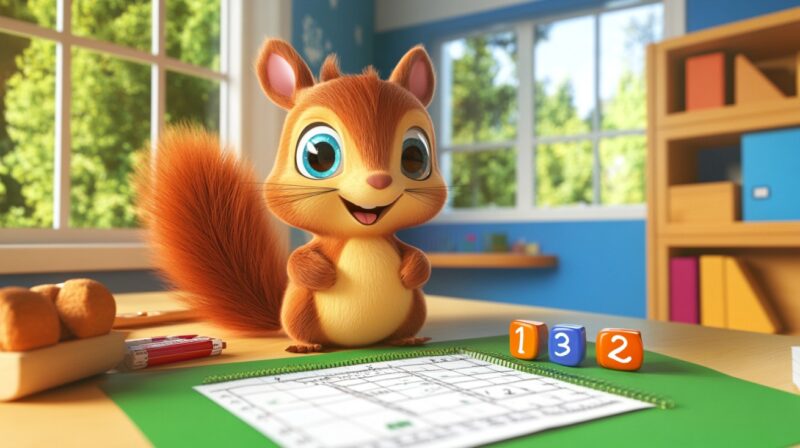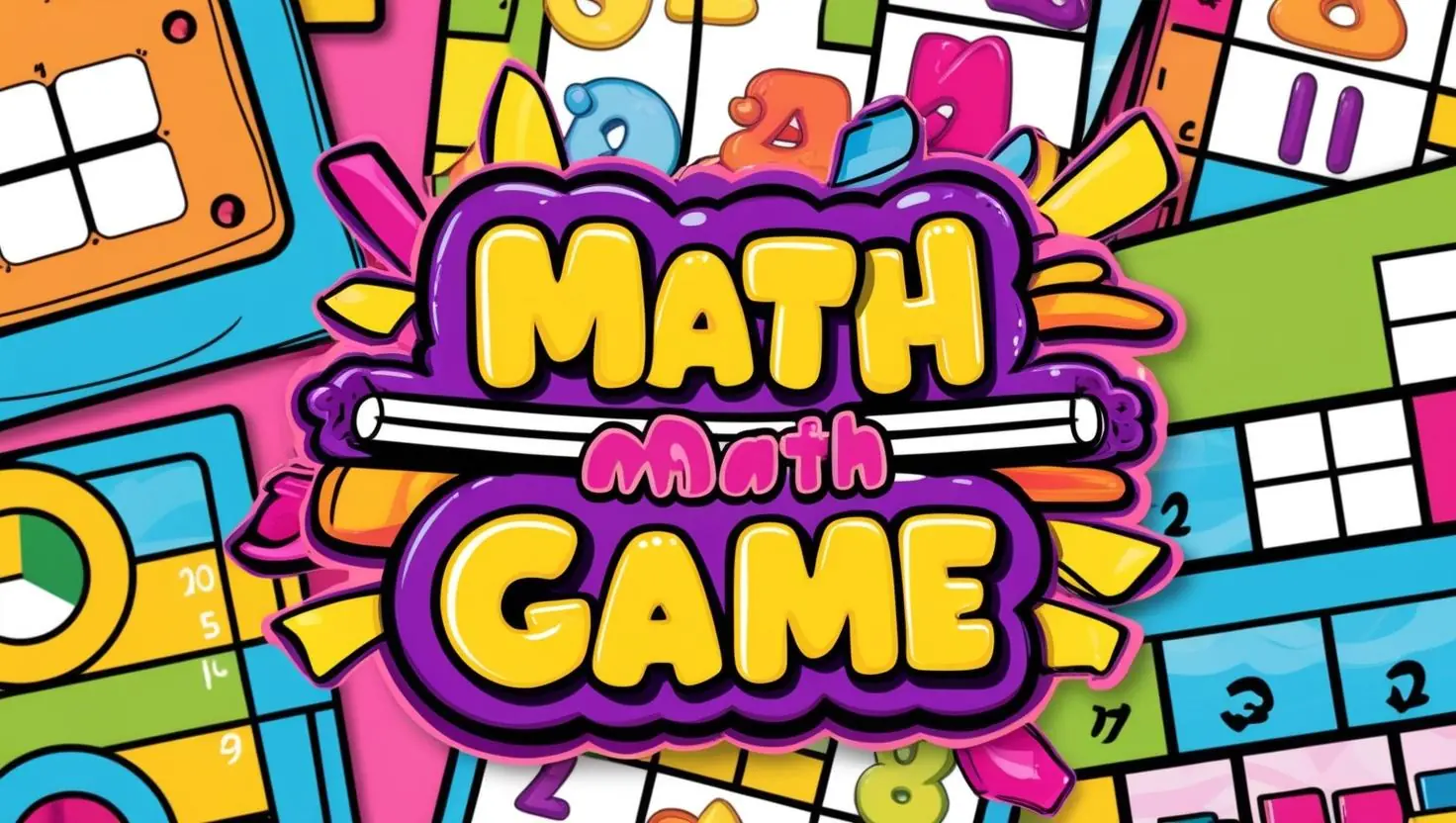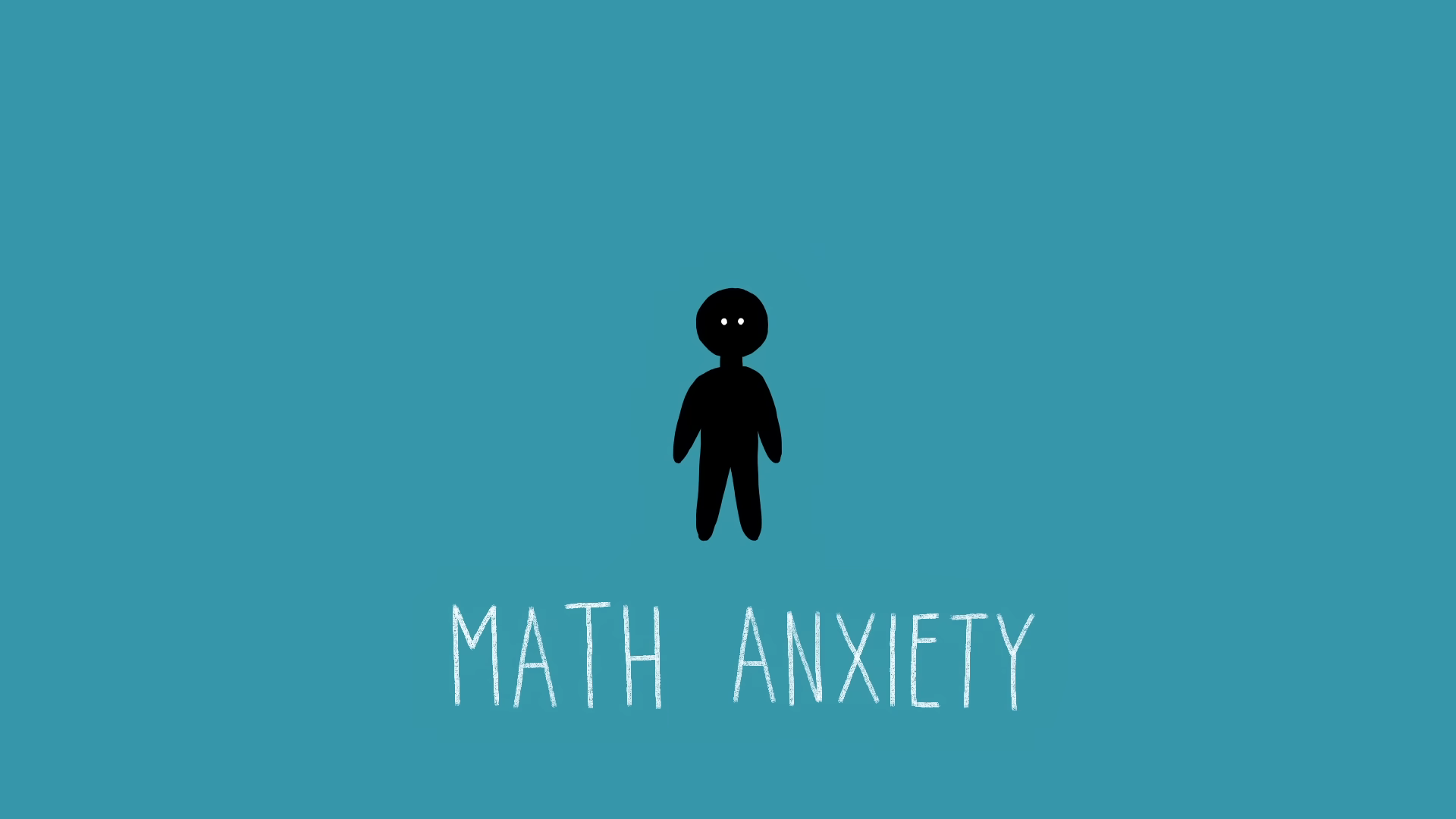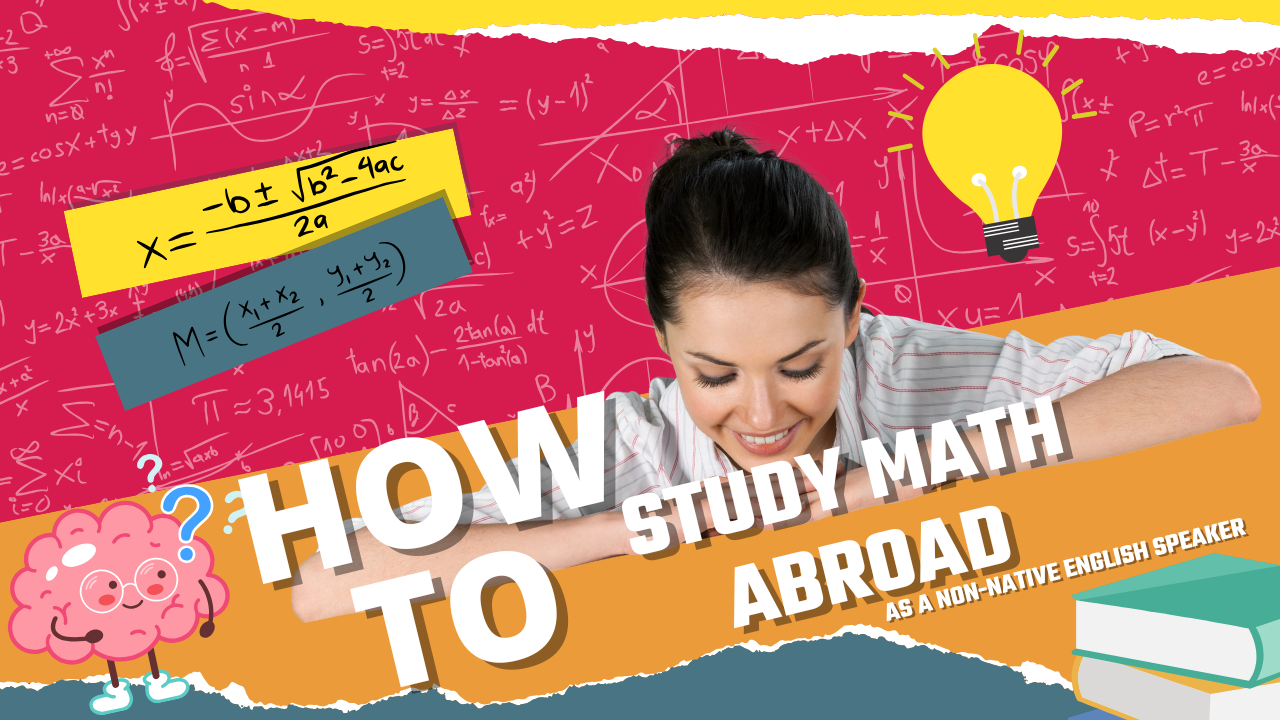
Designed for students in 1st Grade (US), Year 1 or early Year 2 (England), or 1st Class (Ireland), the quiz focuses on essential early math concepts such as counting, number recognition, basic addition and subtraction, shapes, patterns, and simple word problems. It is part of our Math Quiz by Grade collection, offering engaging math practice for all school levels.
With a friendly mix of colorful multiple-choice questions and beginner-friendly word problems, children can explore math in a fun and interactive way that encourages confidence and curiosity.
Correct!
Wrong!
Correct!
Wrong!
Correct!
Wrong!
Correct!
Wrong!
Correct!
Wrong!
Share the quiz to show your results !
Subscribe to see your results
I got %%score%% of %%total%% right
Loading...
Difficulty:
⭐⭐ (2/5) – Gentle introduction. Questions align with standard first-grade math expectations, making it perfect for young learners building foundational skills.
Target Audience:
This quiz is specially designed for students aged 6–7, first-grade learners who are developing their understanding of numbers, shapes, and basic operations. It’s ideal for at-home practice, small group activities, or as a warm-up in the classroom.
What to Expect
The quiz includes key areas such as:
- Counting and number sequences
- Simple addition and subtraction
- Recognizing shapes and patterns
- Comparing numbers
- Understanding number bonds
- Solving basic word problems
It features a variety of questions that combine visual aids, short problems, and playful scenarios to keep children engaged.
Results and Benefits
Regular practice with these quizzes helps children:
- Build number sense and arithmetic fluency
- Improve early problem-solving skills
- Gain confidence in recognizing patterns and quantities
- Develop logical thinking through fun, bite-sized challenges
By using this quiz, students can reinforce what they’ve learned in class, while parents and teachers gain insights into their progress and areas that may need extra support.
Suggestions for Further Improvement
To make the quiz even more effective for young learners, consider adding:
- Interactive visuals and sound effects to maintain attention
- Rewards or stickers after each completed section
- Voice-over instructions to support non-readers
- Printable worksheets for offline practice
- Guided solutions or tips for parents to explain answers






